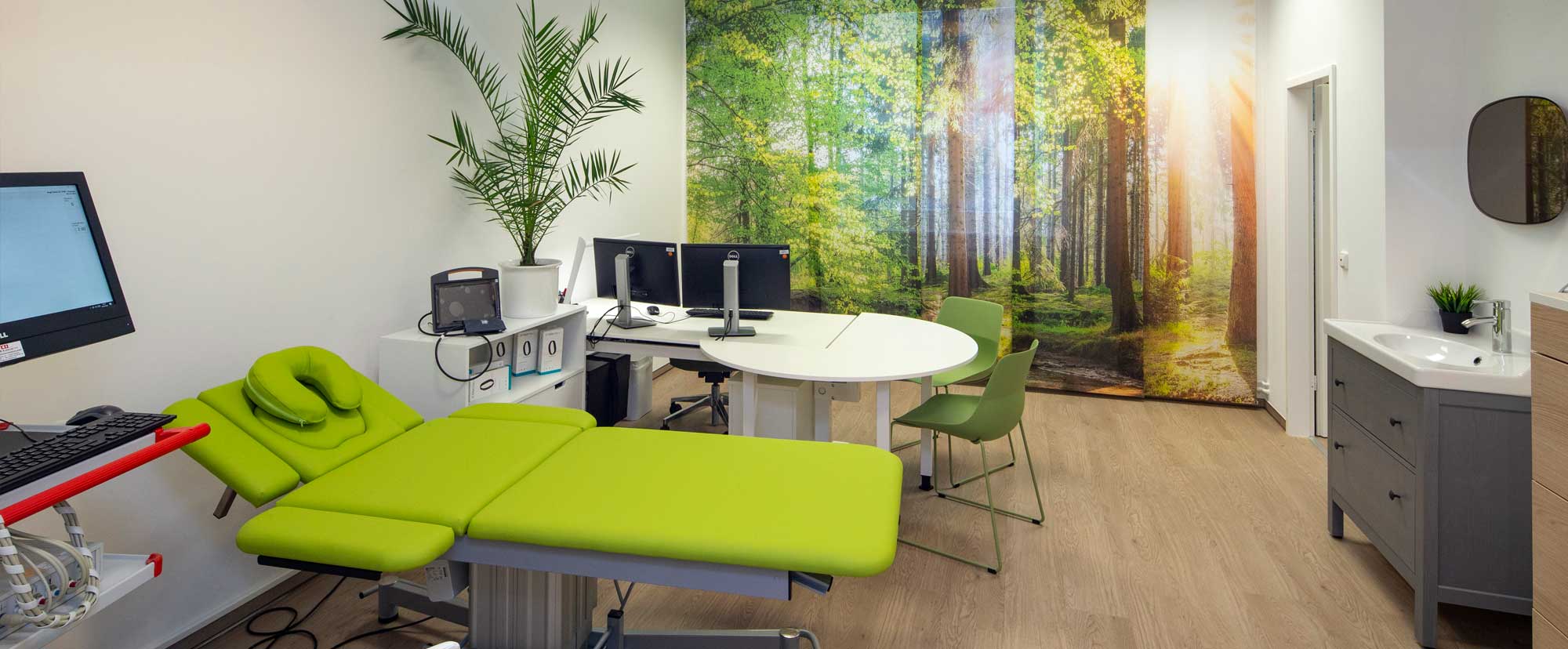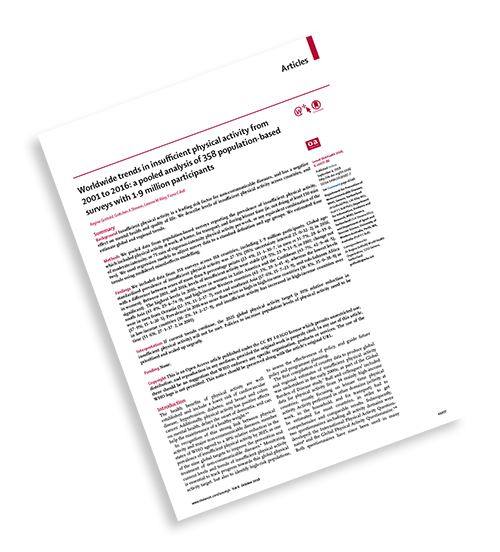Worldwide, one-in-three women and one-in-four men do not get enough exercise. In Germany, more than 50% of all women and men are diagnosed with a lack of physical activity. However, exercise is one of the most important factors for health, which is why the World Health Organization (WHO) has now included physical activity in its Global Action Plan.
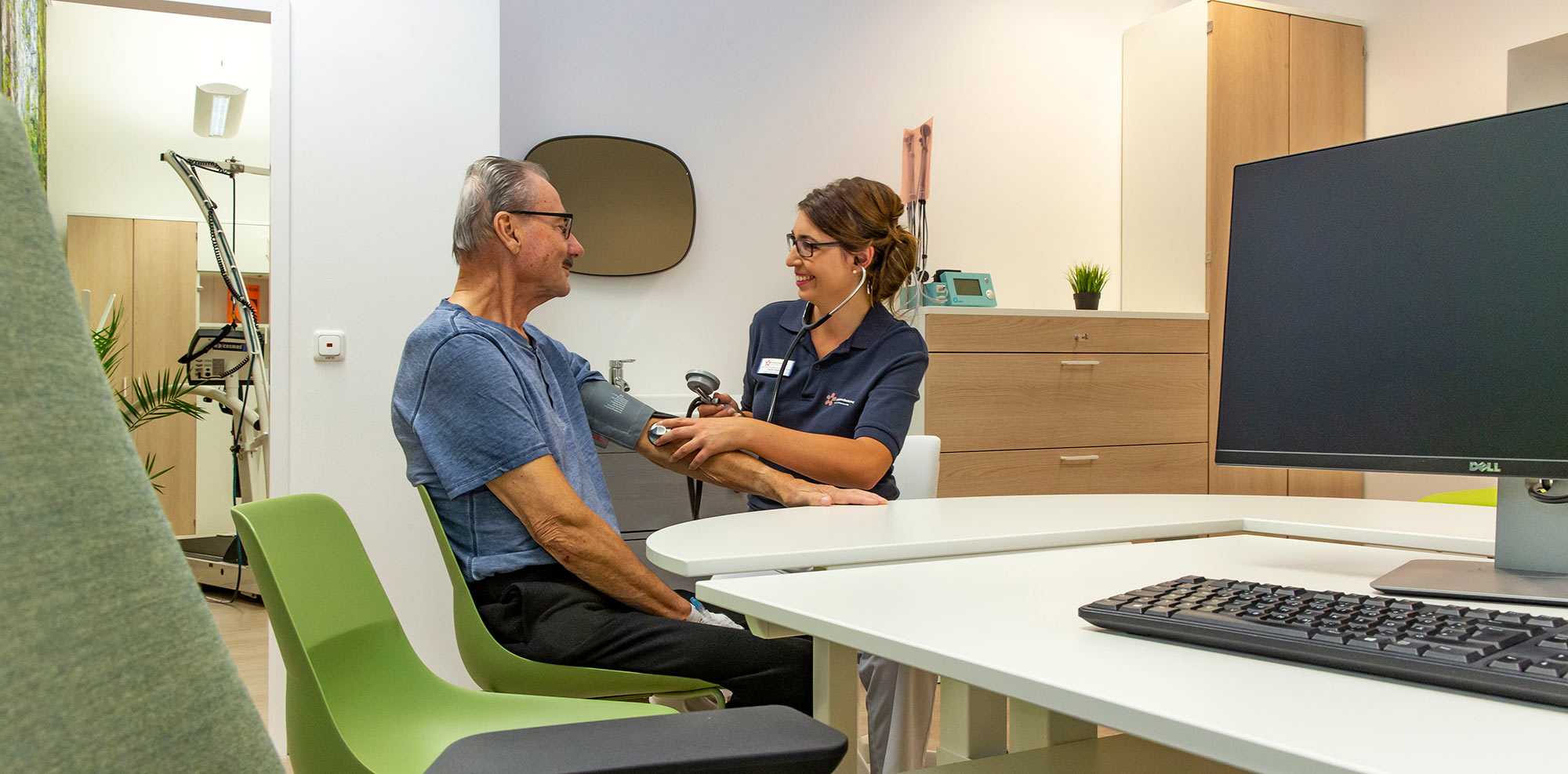
WalkByLab (German translation, Lauflabor®), the German Angiology Centre, Berlin, is participating in this challenge to improve patient-centred mobility. Patients with any kind of walking and running complaints, but also healthy people, athletes and interested parties, can register at the WalkByLab nationwide by calling +49 (0)3379 3147892.
.
Numerous modern aspects that influence walking and exercise performance, such as vascular age, vascular elasticity, walking distance or limitation of walking performance (open areas on the leg) are being investigated and scientifically recorded in the WalkByLab, which are currently located in four centres in Germany.
The German Angiology Centre is collaborating with WalkByLab (German translation, Lauflabor®) to participate in the WHO Global Action Plan on Physical Activity 2018-2030 to improve patient-centred mobility. WalkByLab is funded through the Health Campus initiative and has established four centres in Germany. Patients with any kind of walking and running complaints, but also healthy people, athletes and interested parties, can register at WalkByLab nationwide by calling +49 (0)3379 3147892. Numerous modern aspects that influence walking and exercise performance, such as vascular age, vascular elasticity, walking distance or limitation of walking performance (open areas on the leg) are being investigated and scientifically recorded in the WalkByLab.
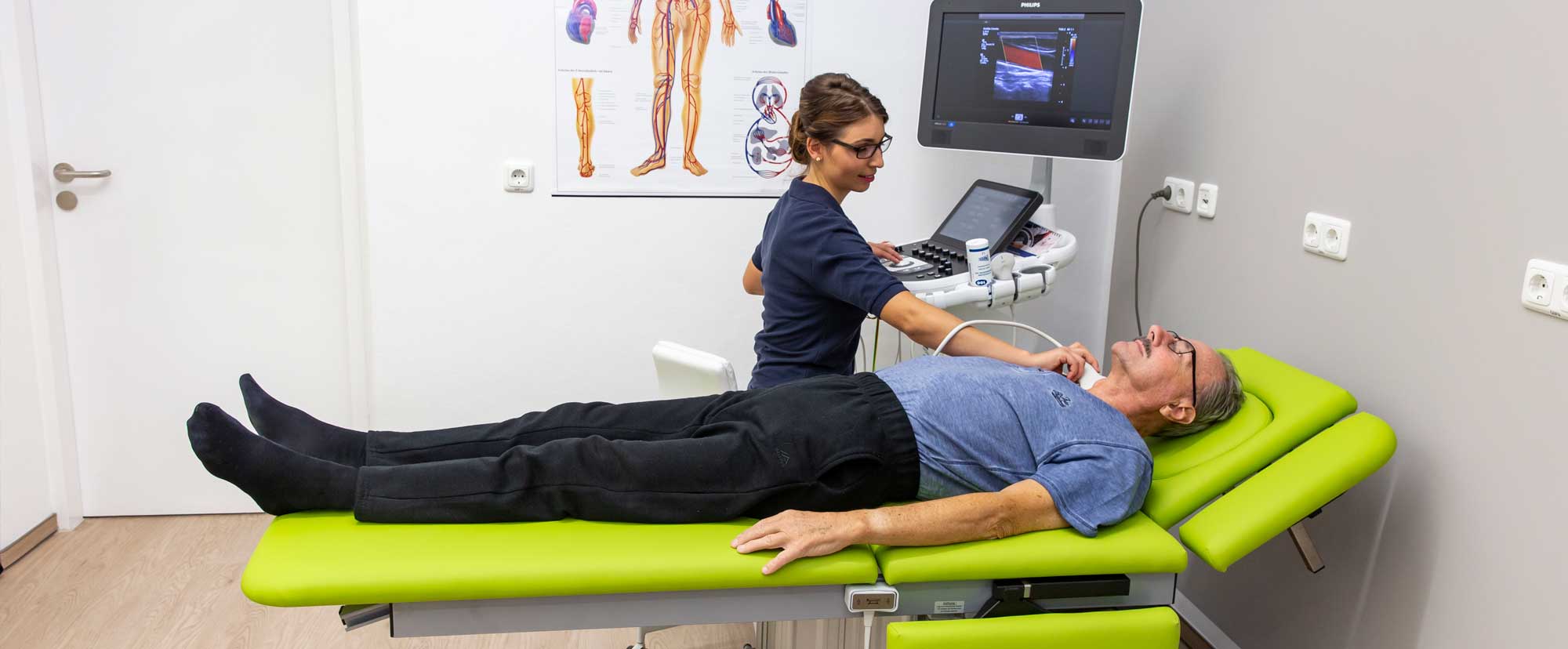
Movement enables mobility and often makes social life possible in the first place. Almost all areas of daily life are affected if the ability to walk or run is restricted. The causes of movement restrictions, however, are numerous. A common cause is a narrowing of the arteries in the legs (peripheral arterial occlusive disease, PAD). The European Society of Cardiology (ESC) estimates that more than 40 million people on the European continent suffer from PAD. Affected people have to stand still due to pain and often stop walking to ‘look at a shop window’ to mask their discomfort; in Germany, PAD has been given the popular name that translates to ‘shop window disease’. As humorous as this description may sound, the consequences for affected patients are serious. For example, a restriction in walking distance only occurs when the arteries are already severely constricted/blocked or is masked by other symptoms, such as shortness of breath or orthopaedically-induced pain, obscuring the exact diagnosis.
In WalkByLab, people can have their walking performance tested. The aim is to draw attention to PAD and to make doctors and patients aware of this serious disease at an early stage so that severe complications can be prevented. WalkByLab is a registry study that can be used to check the walking performance of patients, with the aim of carrying out an epidemiological investigation and improving care.
Patients can register with WalkByLab by telephone during consultation hours. WalkByLab only records the patient’s walking/running performance and the ‘vascular age’ of arteries. Only you, the patient, will receive a report detailing the results of the health status of your vessels. With this report, you can then – if necessary – contact a doctor or a clinic for medical treatment.
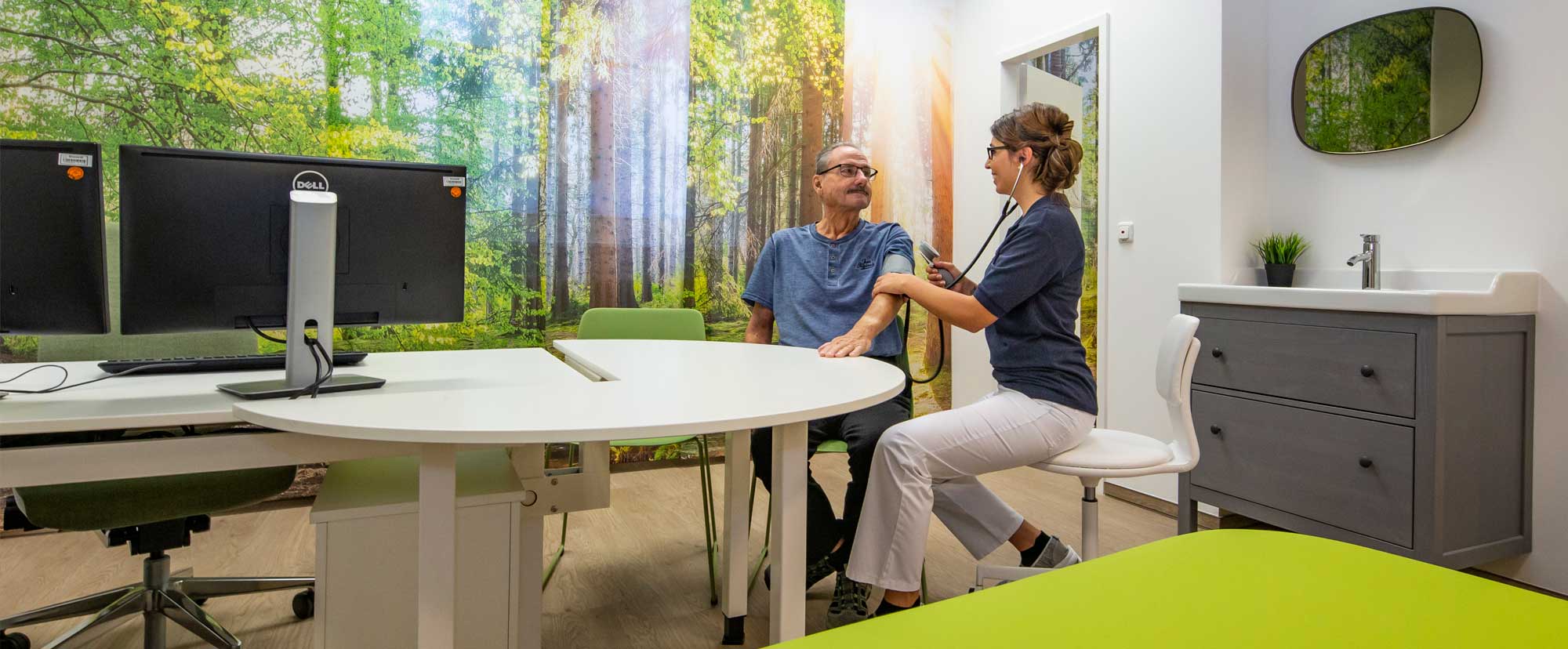
Numerous modern aspects that influence individual load capacity, such as vascular age, elasticity of the vessels, walking distance or limitation of walking performance (open areas on the leg) are being investigated and scientifically recorded.
WalkByLab participates in the WHO Global Action Plan on Physical Activity 2018-2030.
Movement enables mobility and often makes social life possible in the first place. Almost all areas of daily life are affected if the ability to walk or run is limited.
In the walking lab, people can have their walking performance checked. The aim is to draw attention to PAD and to make physicians and affected patients aware of this serious disease at an early stage so that severe complications can be prevented.
